Working to a Brief 13: REVIEW
Karl reviews every entry for Working to a Brief 13, offering constructive criticism and professional advice to help members hone their ability to respond effectively to a commercial-style brief.
See all the images in the Working to a Brief 13: Members' Gallery.
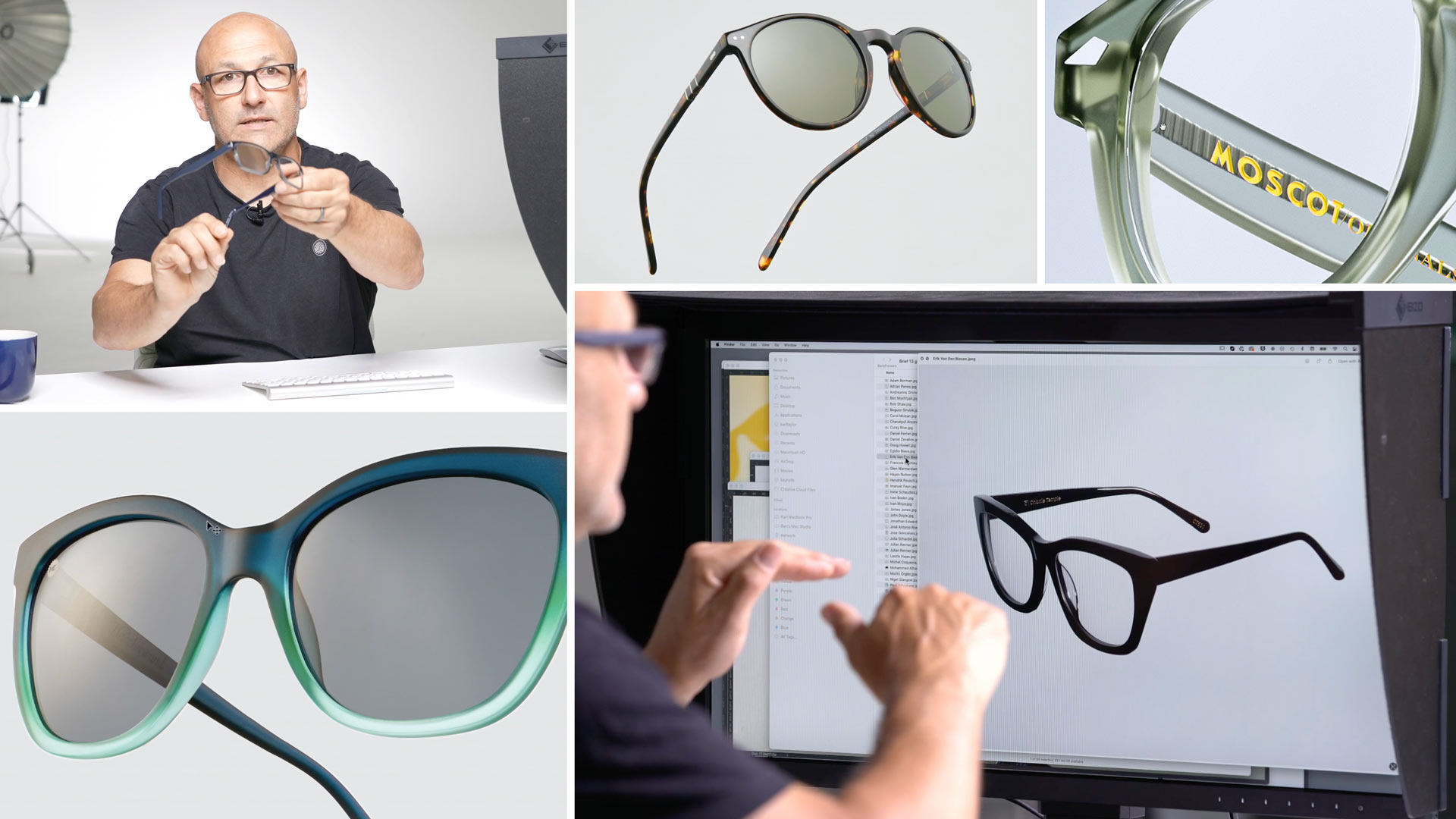

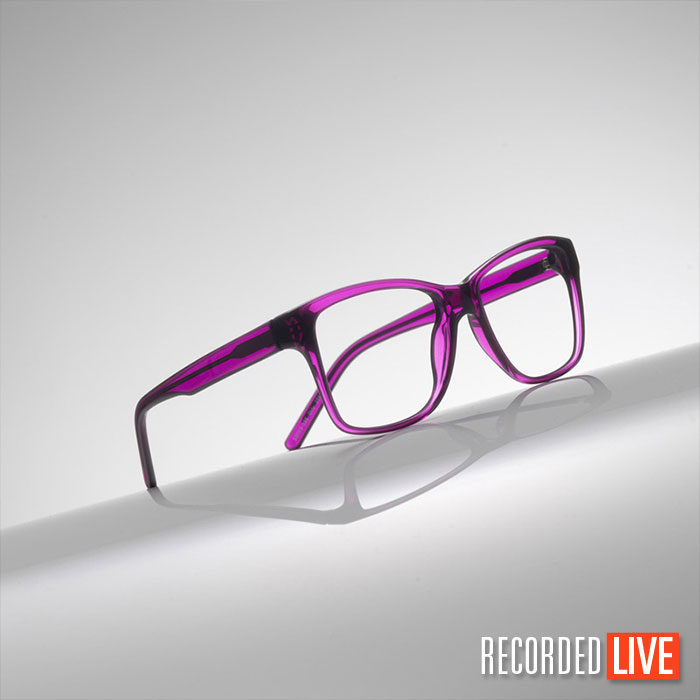
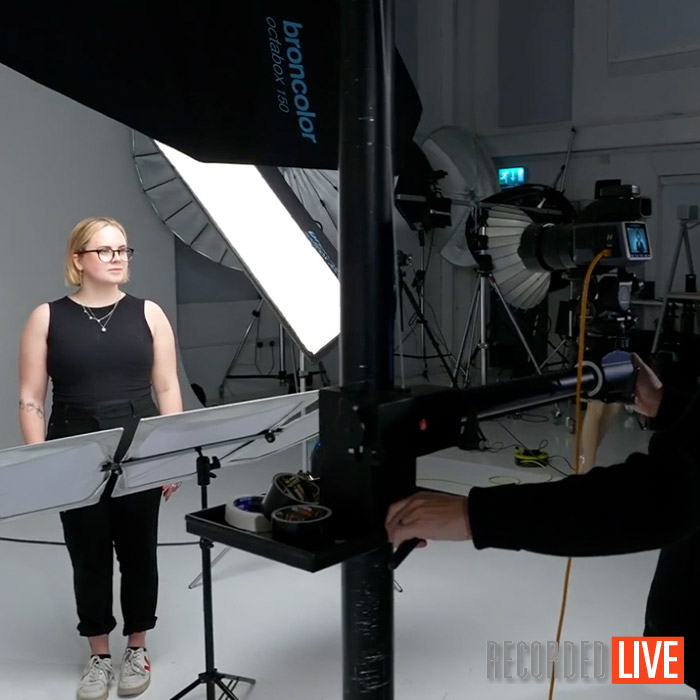
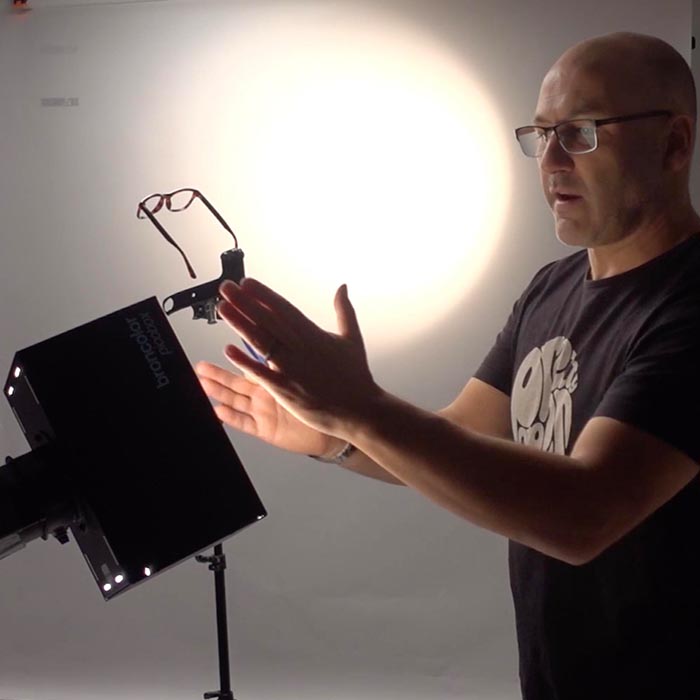
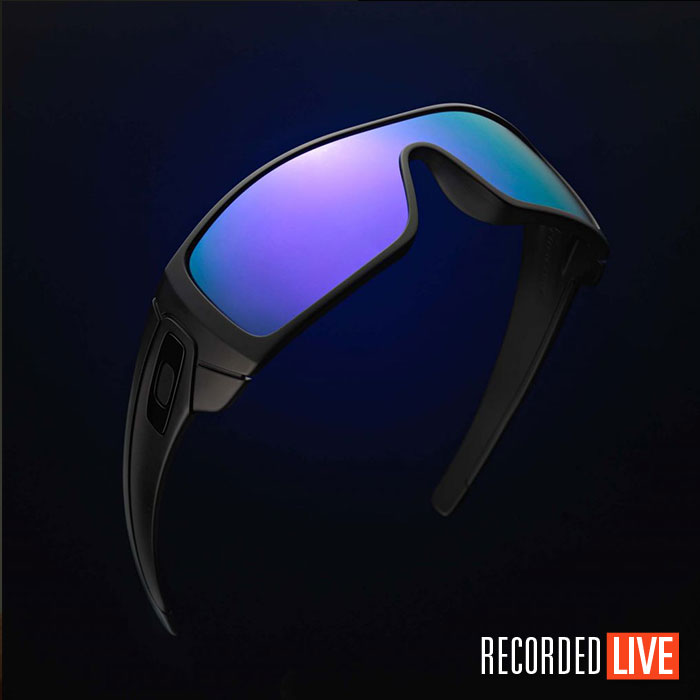
Comments
Hello Karl,
I was very surprised that my shot was in the last 15. I fully expected to hear you complain about many things. I did not expect to hear a mention of the retouching. The reason is that I clearly remember getting rid of all the specks you showed in the crit. Curious how that happened, I opened the file and see they are indeed present in the image. I thought it might have been a heal layer I had turned off. Instead, nothing.
What happened is that I did this six times. I did retouch all the dust on the other versions but then somehow forgot to do it on this one. An amateur mistake and quite frustrating. On the subject of dust, it is amazing to me how quickly an object deteriorates over time. I bought the glasses last year. I knew I wanted to photograph them, so I left them in their case until I had my shot prepared (using a different set of glasses as a stand-in). When I was ready, I slipped them in and took my pictures.
I would have sent that image except for the fact the glasses were facing right, not left, as in your sketch. I couldn’t flip them because it had the effect of reversing the lettering.
After taking that shot, I have used that pair of glasses a total of maybe five times since then. These are high magnification glasses, so I only use them to see things that are really close, and then only for short periods of time. Regardless, they are a dust magnet. No matter how often I sprayed with dust off or wiped the lenses, the dust reappeared within minutes. The texture on the arms was noticeably worn down, as was the gold paint on the lettering. I felt I was shooting something right out of a junk shop, though they’d been safely ensconced in a lined case for over a year.
Here are the items I expected you to mention, and which I have questions about:
1) “popping out” the lenses. I saw you do this in a video in a very quick and easy motion. When I tried it, I nearly broke the glasses and failed to remove the lenses. Is there a chance you can give a clearer demonstration how that is done? I left the lenses in, leading to the chromatic aberration you mentioned in the rear arm.
2) Reflections. I really dislike the reflections on the frame in this and other shots. They disguise the location of the frame’s edges, making them look thinner than they are. Most of the shots made by others for this challenge do not have that problem. I wonder if you have any advice on how to deal with that. You mentioned that one of the arms in another shot cast a dark shadow on the frames. I may test to see if that is what happened with me also. If it is, I may put a white flag over the arm and shoot it separately.
3) Speaking of reflections. I could have retouched them out but felt that wouldn’t look right because of the satiny finish of the glasses. Also, I don’t like the dark edge on the upper part of the frames. It isn’t consistently dark, making it look like its winking out in places. Do you agree?
Hi Andrew, never mind about leaving the healing layer off it happens! In answer to your questions 1) it’s not always easy some come out without trouble and others don’t. Often the glasses I’m shooting have fake plastic lenses in from the manufacturer and they are easier to pop out but I usually use my thumbs to push while my fingers support the frame. 2) Yes but this comes down to analysing your photos and saying ‘is this right’ or can I improve it. The only way it can be improved is with careful control of lighting, flags, mirrors, reflector cards and time. When I have a pair set up it is usually surrounded by multiple flex arms holding silver card, mirrors, flags etc as well as all the lighting. 3) The type of glasses you have hear are very transparent and that always causes multiple internal reflections/refractions that become very complicated to control, my approach is do what I can with flags/lighting but ultimately some of them are just retouched. The difficulty is that they actually have to retain some of the strange refractions etc to look like real transparent frames.
Karl, Thank you for this critique, you continue to inspire me to improve!
Question – I noticed in some shots that the glass was not removed and sometimes caused a distortion of the back arm. Is this ok to do or should the glass be removed and “painted” back in post? I suppose if the glass is opaque as in sunglasses, the glass should be kept in, yes?
I recorded a short BTS as a tool to help me remember how I set up my shot and happy to share it (from my very small, basement studio) for those who want to see: https://bit.ly/43YA2RQ
Regards,
Ivan Boden
Hi Ivan, yes nearly all clear type lenses would be removed and ‘put back in’ in post. Sunglasses lenses 90% of the time I leave in and work with them as they are. I noticed in your video that you had stuck a lot of the arm to your rod, you can actually manage it with just the ear piece part of the arm stuck to the rod but a flat acrylic rod helps for this as better grip.
Thank you! I’ll try again with a different pair of glasses and take your suggestion on the acrylic rod. I didn’t have one and used what I had.
Karl the last two shoot two briefs have been excellent back to the basics. I cannot wait to shoot this white wine challenge!
Thank you for your critique and this wonderful education channel.
Thank you Doug, much appreciated.
Hi Karl very informative live show as always definitely the shots in the later folder were above the mark at least from my shot which was in the name of souvik saha but here it shows rik as this is my nickname, as you said that the lighting with it is fair enough only thing was the angle but I can’t figure out how to be at that benchmark, in short, my question to you is, what are the key things which you would consider in that product what would be your approach to it so that it achieves that level?
Talking about the next brief is there any specific wine glass shape you recomend?
Hi Rik, I think the main thing is about the elegance of balance and scale, choose your wine glass so that it feels good with the bottle. Have a couple of choices to test before you start shooting and then decide on which one ‘feels’ best with the bottle.
Hi Rik, as I mentioned on your shot in the show your lighting was good, especially in describing the metallic surface. My main issue was the selected angle of the product which wasn’t dynamic enough. Your question is a difficult one to answer but if this helps I always study the product at my desk before shooting it. I rotate it, I explore it’s materials, it’s textures and what makes it interesting, I then hold it at different angles to decide how I’m going to shoot it and best show it’s attributes. Then I position it at that angle, fine tune it, and only when I’m happy with the angle to then I start lighting it.